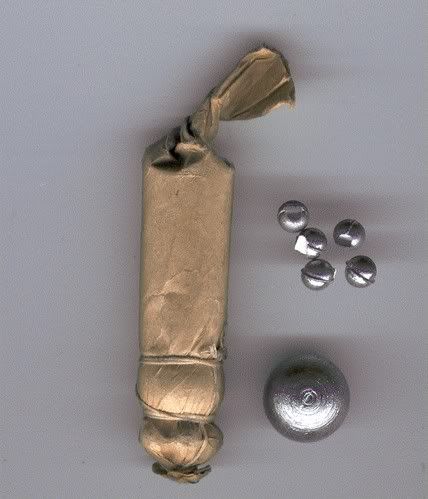- Joined
- Dec 5, 2009
- Messages
- 271
- Reaction score
- 183
I have always wondered about a buck and ball load. Now that I have a smoothbore I’d like to work one up, but do not know where to begin. To load it does one start with a patched ball seated on the powder as normal and then add some shot to that and finish with a standard over shot wad? Or do you put an over powder wad down followed by a smaller ball topped with shot and finally an over powder wad? Or is it something completely different.
Thanks
Jon
Thanks
Jon






